Today marks the startup of the 24th run of the Relativistic Heavy Ion Collider (RHIC), a U.S. Department of Energy (DOE) Office of Science user facility for nuclear physics research at DOE’s Brookhaven National Laboratory.
Tag: Relativistic Heavy Ion Collider (RHIC)
João Barata Awarded CERN Fellowship
João Barata, a physicist in the Nuclear Theory Group at the U.S. Department of Energy’s (DOE) Brookhaven National Laboratory, has received a fellowship at CERN, the European Organization for Nuclear Research. In October 2024, Barata will begin the three-year-long appointment in CERN’s Department of Theoretical Physics.
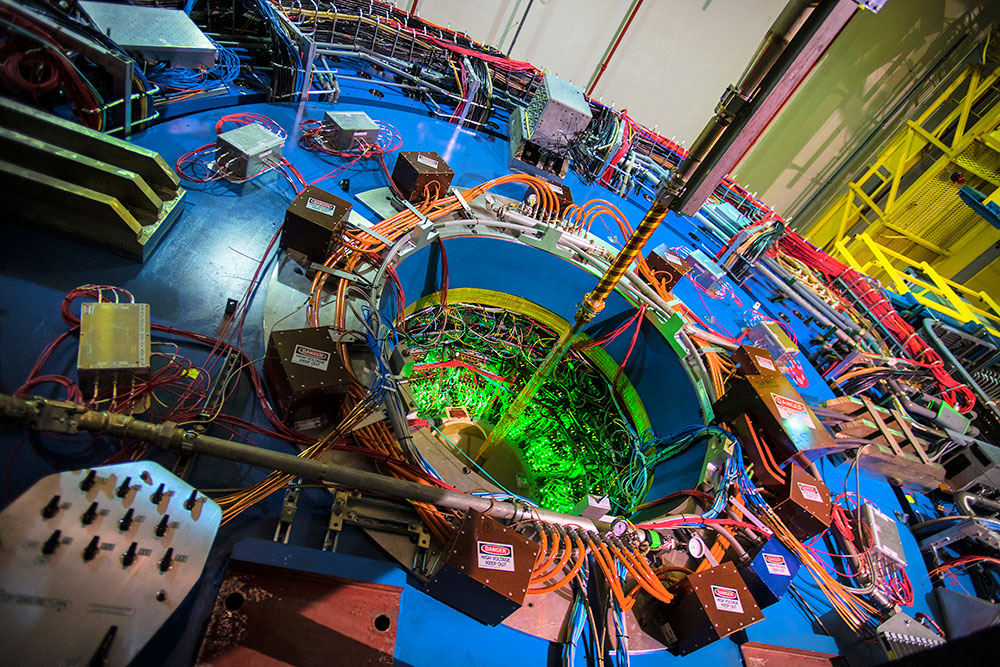
New Driver for Shapes of Small Quark-Gluon Plasma Drops?
New measurements of how particles flow from collisions of different types of particles at the Relativistic Heavy Ion Collider (RHIC) have provided new insights into the origin of the shape of hot specks of matter generated in these collisions. The results may lead to a deeper understanding of the properties and dynamics of this form of matter, known as a quark-gluon plasma (QGP).
Direct Photons Point to Positive Gluon Polarization
A new publication by the PHENIX Collaboration at the Relativistic Heavy Ion Collider (RHIC) provides definitive evidence that gluon “spins” are aligned in the same direction as the spin of the proton they’re in. The result, just published in Physical Review Letters, provides theorists with new input for calculating how much gluons—the gluelike particles that hold quarks together within protons and neutrons—contribute to a proton’s spin.
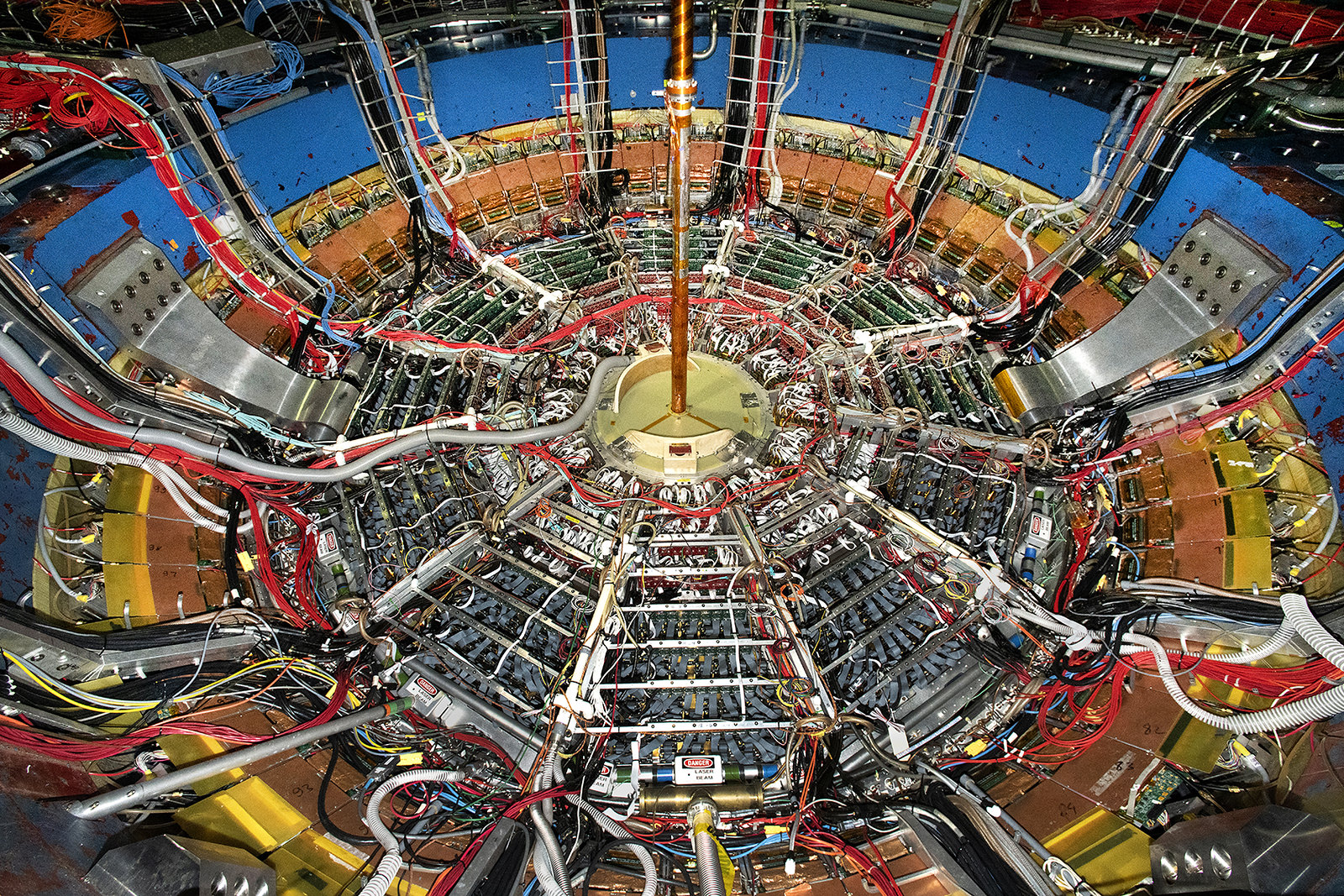
Subtle Signs of Fluctuations in Critical Point Search
Physicists analyzing data from gold ion smashups at the Relativistic Heavy Ion Collider (RHIC), a U.S. Department of Energy (DOE) Office of Science user facility for nuclear physics research at DOE’s Brookhaven National Laboratory, are searching for evidence that nails down a so-called critical point in the way nuclear matter changes from one phase to another.
RHIC Gets Ready to Smash Gold Ions for Run 23
The start of this year’s physics run at the Relativistic Heavy Ion Collider (RHIC) also marks the start of a new era. For the first time since RHIC began operating at the U.S. Department of Energy’s Brookhaven National Laboratory in 2000, a brand new detector, known as sPHENIX, will track what happens when the nuclei of gold atoms smash into one another at nearly the speed of light. RHIC’s STAR detector, which has been running and evolving since 2000, will also see some firsts in Run 23.
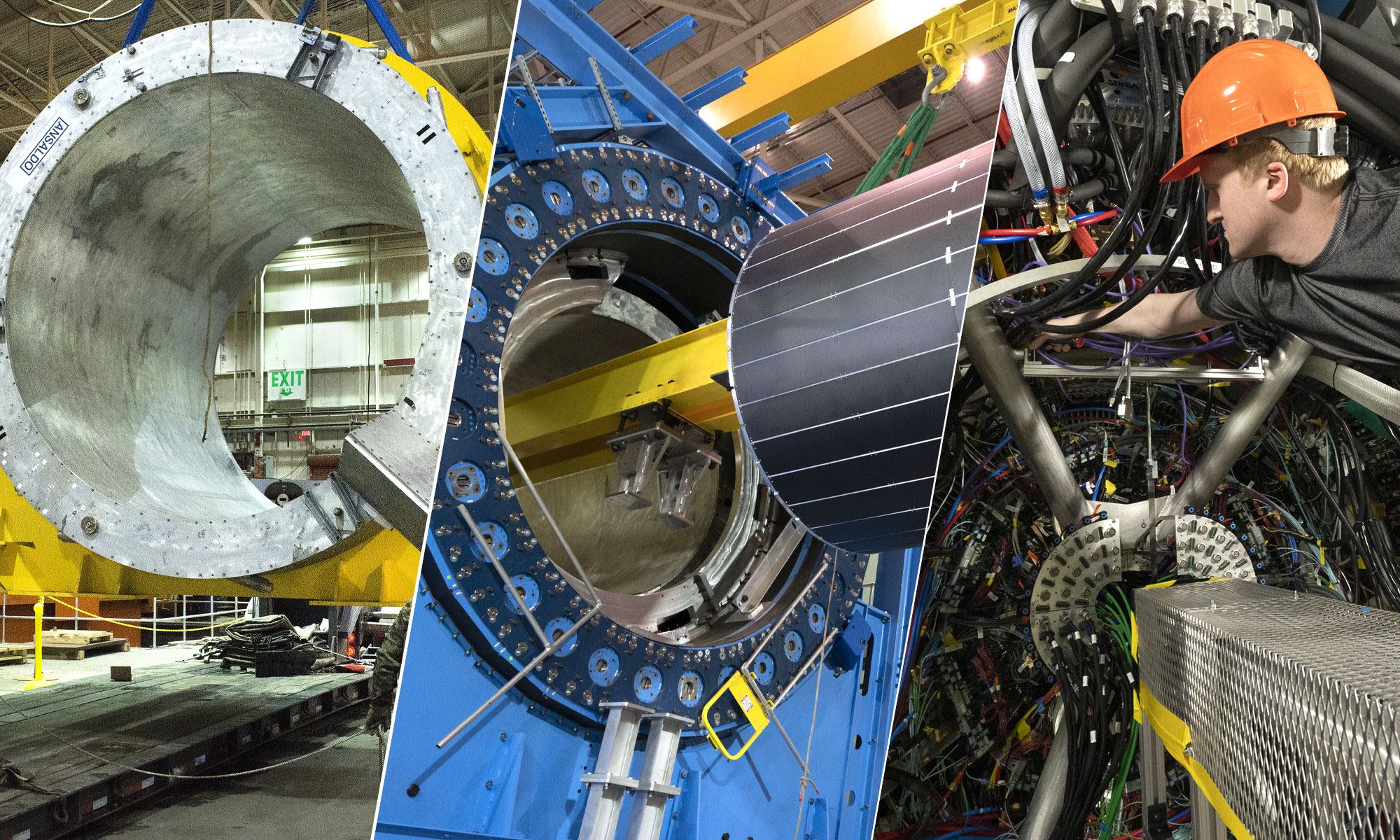
sPHENIX Detector is Ready for Collisions
The state-of-the-art sPHENIX detector is fully assembled and gearing up to grab particle collision snapshots. The completion of assembly marks the detector’s transition from a construction project to running experiment at the Relativistic Heavy Ion Collider (RHIC), a U.S. Department of Energy Office of Science user facility for nuclear physics research at Brookhaven National Laboratory.
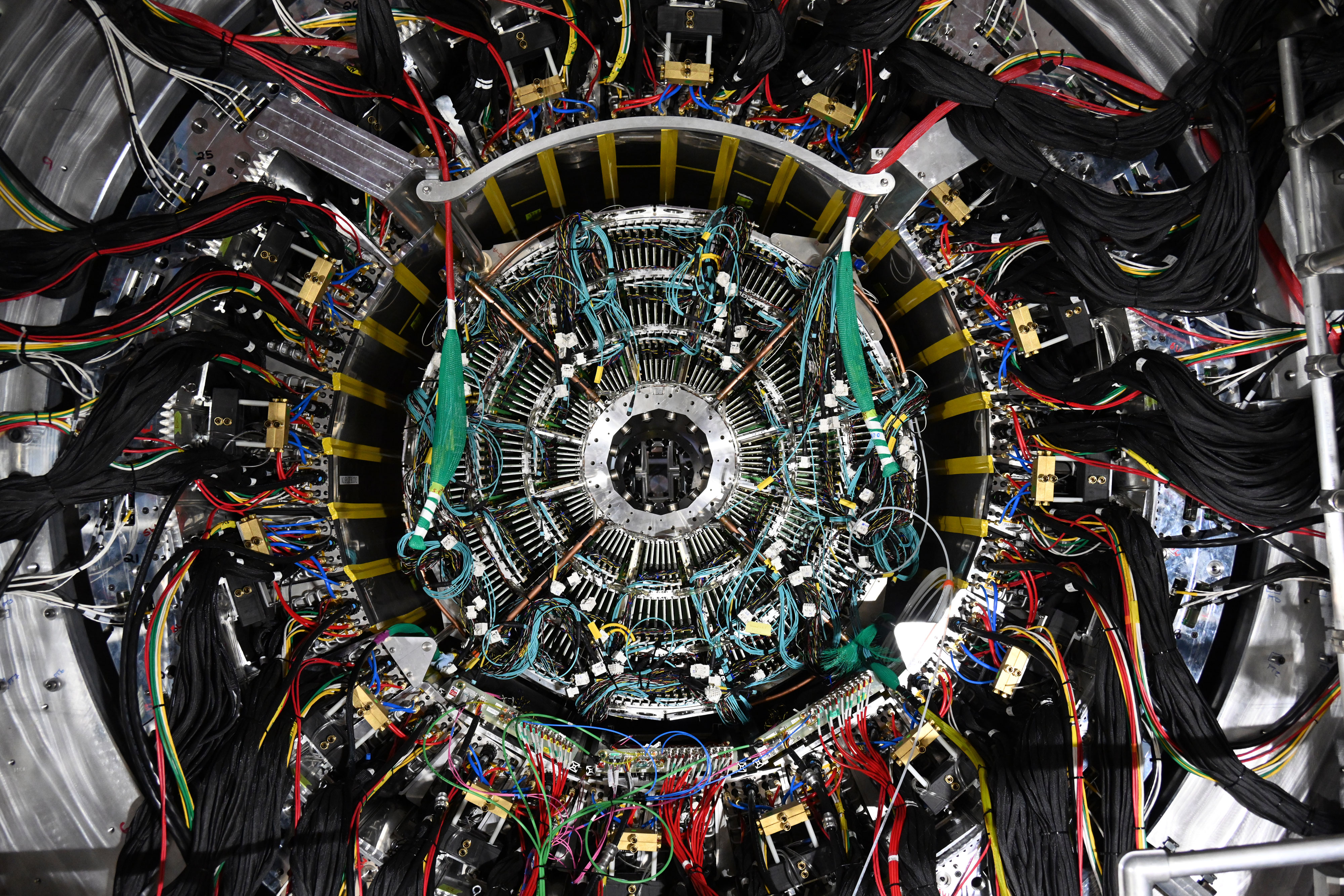
Time Projection Chamber Installed at sPHENIX
Experts assembling sPHENIX, a state-of-the-art particle detector at the U.S. Department of Energy’s Brookhaven National Laboratory, successfully installed a major tracking component on Jan. 19. The Time Projection Chamber, or TPC, is one of the final pieces to move into place before sPHENIX begins tracking particle smash-ups at the Relativistic Heavy Ion Collider (RHIC) this spring.
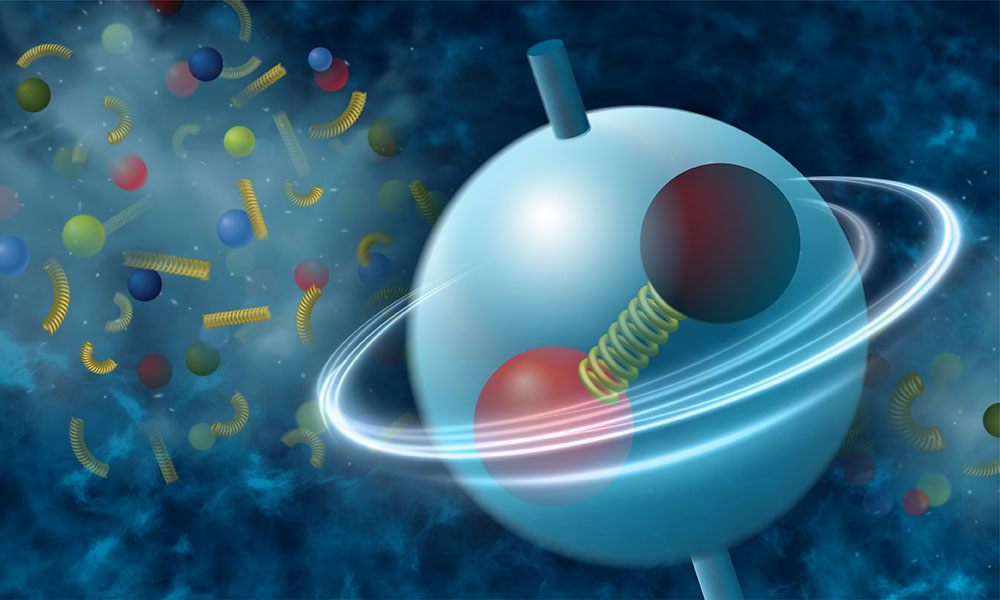
Data Reveal a Surprising Preference in Particle Spin Alignment
Given the choice of three different “spin” orientations, certain particles emerging from collisions at the Relativistic Heavy Ion Collider (RHIC), an atom smasher at Brookhaven National Laboratory, appear to have a preference. Recent results reveal a preference in global spin alignment of particles called phi mesons.
New Type of Entanglement Lets Scientists ‘See’ Inside Nuclei
Nuclear physicists have found a new way to use the Relativistic Heavy Ion Collider (RHIC)—a particle collider at the U.S. Department of Energy’s (DOE) Brookhaven National Laboratory—to see the shape and details inside atomic nuclei. The method relies on particles of light that surround gold ions as they speed around the collider and a new type of quantum entanglement that’s never been seen before.
Particles of Light May Create Fluid Flow, Data-Theory Comparison Suggests
A new computational analysis by theorists at Brookhaven National Laboratory and Wayne State University supports the idea that photons (a.k.a. particles of light) colliding with heavy ions can create a fluid of “strongly interacting” particles. In a new paper they show that calculations describing such a system match up with data collected by the ATLAS detector at Europe’s Large Hadron Collider (LHC).
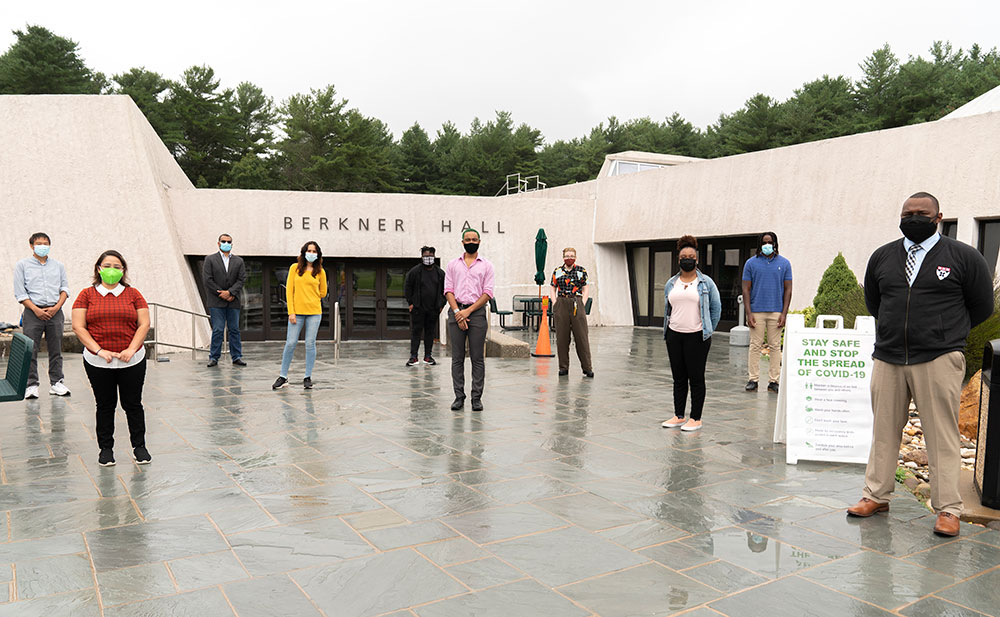
RHIC/AGS Users’ Meeting Emphasizes Diverse Workforce Opportunities
Many of the nuclear physicists tuning in to the 2022 Relativistic Heavy Ion Collider (RHIC) & AGS (Alternating Gradient Synchrotron) Users’ Meeting participated in a half-day workshop on June 8 dedicated to diversity, equity, and inclusion (DEI) and workforce development in the nuclear physics community.
How to catch a perfect wave: Scientists take a closer look inside the perfect fluid
Scientists have reported new clues to solving a cosmic conundrum: How the quark-gluon plasma – nature’s perfect fluid – evolved into the building blocks of matter during the birth of the early universe.

Supercomputers Aid Scientists Studying the Smallest Particles in the Universe
Using the nation’s fastest supercomputer, Summit at Oak Ridge National Laboratory, a team of nuclear physicists developed a promising method for measuring quark interactions in hadrons and applied the method to simulations using quarks with close-to-physical masses.